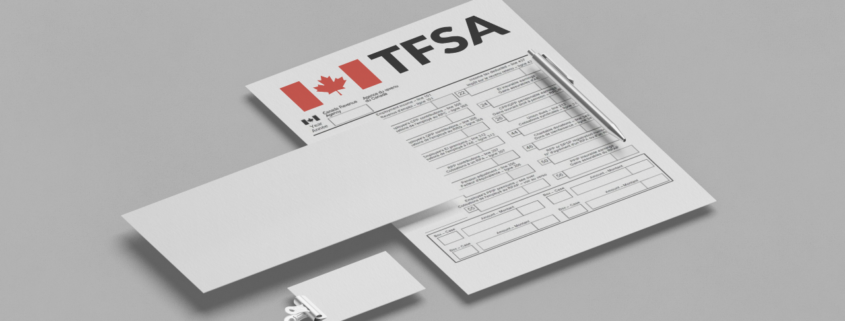What Is The Right Age To Purchase Life Insurance?
Deciding when you should purchase life insurance varies by person and the individual’s circumstance. But there are both benefits and drawbacks to purchasing life insurance at certain ages. Although the general consensus is that you should purchase when you are younger, there is no “wrong” age to consider purchasing life insurance.
That’s a good thing. Chances are your family may change or grow at different stages of your life, prompting you to consider purchasing a certain life insurance policy at different ages. Below we take a look at why it is a good idea to have life insurance at any age.
Early Career
By your mid-20’s and into your early 30’s, you probably have had a few professional jobs and some big expenses. Maybe you are also juggling student loan payments and saving for a downpayment for your first home. Since you are at the beginning of your career, your salary may be a bit lower, making any extra expense somewhat difficult to manage. But remember, you are also young and healthy, so premiums will oftentimes be more affordable.
Buying a policy at this age is probably a good idea, especially if your parents or spouse have co-signed any credit cards or loans. If you were to die suddenly, then that debt would be transferred to the co-signer of the loan or credit card. It could be a good idea to purchase a policy to make sure your loved ones are protected.
If you want coverage but don’t think you can afford the cost, consider a term life insurance policy. Term life insurance provides temporary coverage for a certain period of time and can be much more affordable than a permanent life insurance policy. Depending on the policy, this temporary coverage can also be renewed after the term ends as well as converted to a permanent policy regardless of your health at the time.
Mid-Career
By the time you are well-established in your career, your financial situation and your family will probably look a little bit different. You will likely have hefty bills, but a career that can support both your mortgage and your children. This probably increases your need for life insurance, considering that your family has expanded.
If you bought term life insurance in your 20s, you may want to consider converting your policy to permanent life insurance. Permanent life insurance is more expensive, but it will pay off in the long run. Whereas term life insurance gets more expensive every time you renew, premiums for a permanent policy are usually set when you purchase a policy and are cheaper when you are younger. This means, if you purchase a policy at 35, by the time you are 55, your premiums will be below market value for a person your age.
Pre-retirement
Most insurance companies allow the purchase of permanent life insurance up until age 80 or sometimes longer. For term insurance, however, most companies will usually not consider an application from anyone over the age of 75.
It is important to remember, that the older you are the more expensive the policy premiums will be so converting early to permanent insurance is recommended.
The good news is that you may have eliminated many monthly expenses at this point in your life. You may have paid off your mortgage and other loans that you may have accumulated over the years. This means that you may be able to afford a more comprehensive plan, especially if you are in good health.
You should speak to a trusted financial advisor about what type of insurance policy would offer you the financial stability you need as you examine what your needs will be in retirement and as you solidify your estate plan.
What Type Of Insurance Do You Need?
Life insurance is a great way to protect your family and loved ones. It can also be used to protect your business. Keep in mind that some policies are designed with an emphasis on cash value accumulation while others concentrate more on protection.
If you are considering purchasing a plan, reach out to discover what type of policy would best fit your needs.










